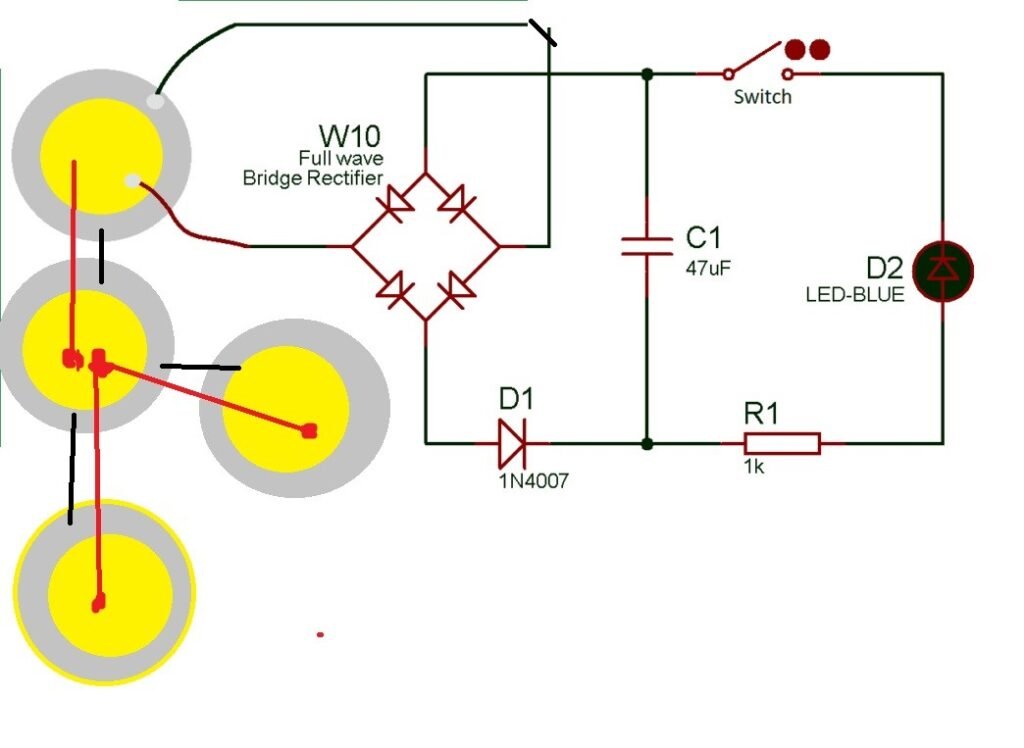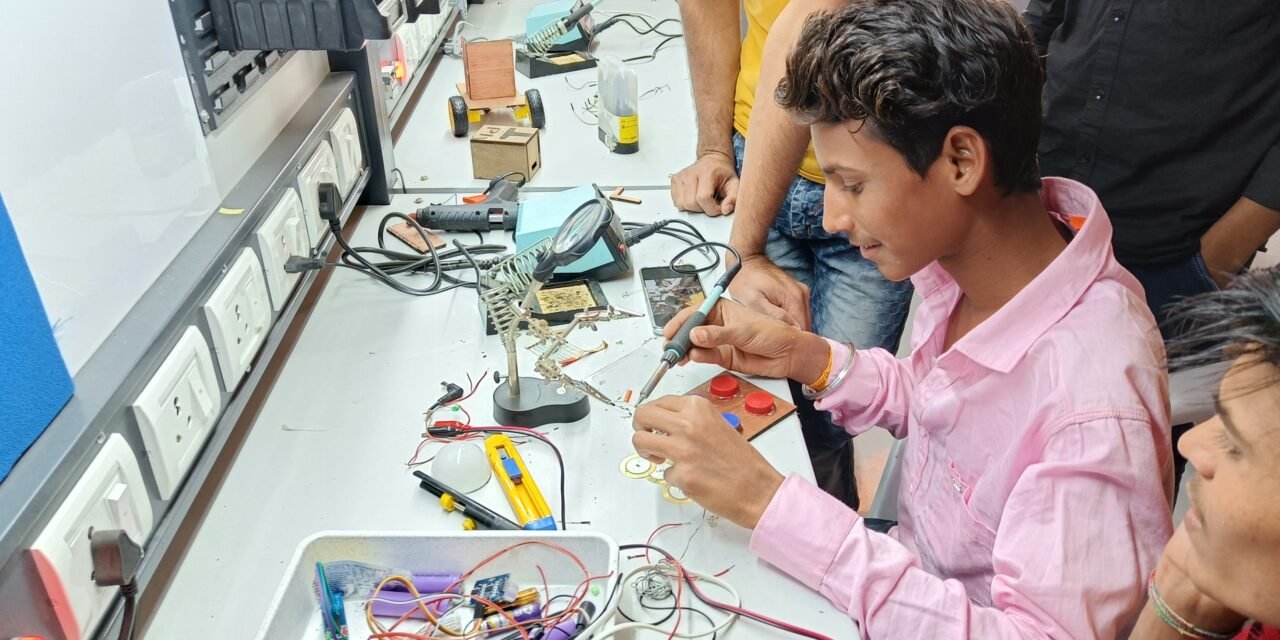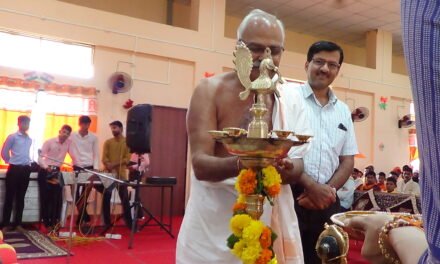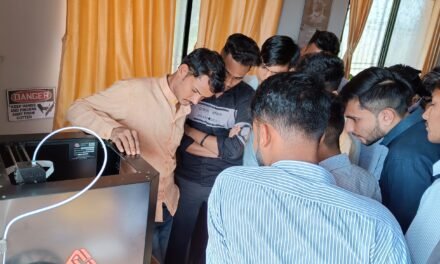The Fifth workshop for college was held from 24th Nov 2022 to 26th Nov 2022 in which 11 students of Govt. ITI college, Khargone Participated.
These students were from Electrical Trade and We made two groups of students.
It was a three day workshop. In this, on the first day, information about the machines were given to the students and all the software related to it were taught to the students.
In this workshop students learned about basic digital fabrication technologies and made group wise project.
firstly we given the basic knowledge about all Fablab Machines and their working process.
on 2nd day they started working on the project.
one of the group choose to make rain detecting alarm system and another group choose to make Piezoelectric plate project .
so firstly we talk about the rain detecting alarm system
material required for this system :-
- Arduino
- Rain sensor
- Buzzer
- Jumper wire
Material Information
Arduino
Arduino is an open-source electronics platform based on easy-to-use hardware and software. Arduino boards are able to read inputs – light on a sensor, a finger on a button, or a Twitter message – and turn it into an output – activating a motor, turning on an LED, publishing something online. You can tell your board what to do by sending a set of instructions to the microcontroller on the board. To do so you use the Arduino programming language (based on Wiring), and the Arduino Software (IDE), based on Processing.
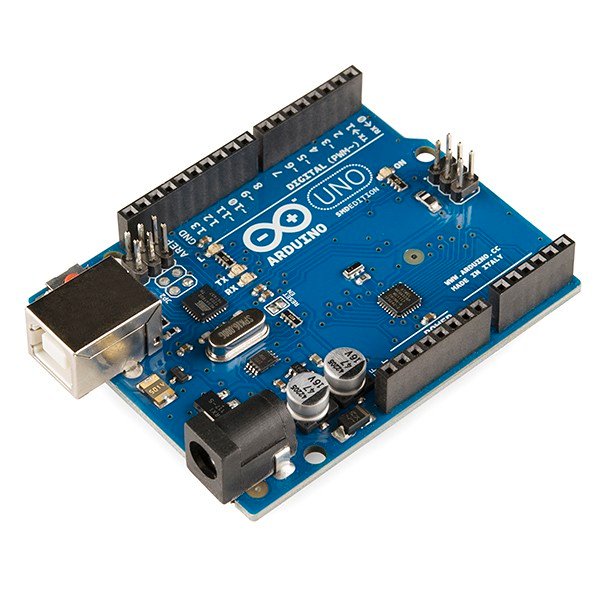
Rain Sensor
A sensor that is used to notice the water drops or rainfall is known as a rain sensor. This kind of sensor works like a switch. This sensor includes two parts like sensing pad and a sensor module. Whenever rain falls on the surface of a sensing pad then the sensor module reads the data from the sensor pad to process and convert it into an analog or digital output. So the output generated by this sensor is analog (AO) and digital (DO).

The rain sensor working principle is pretty simple. The sensing pad includes a set of uncovered copper traces which mutually work like a variable resistor or a potentiometer. Here, the sensing pad resistance will be changed based on the amount of water falling on its surface. So, here the resistance is inversely related to the amount of water.
When the water on the sensing pad is more, the conductivity is better & gives less resistance. Similarly, when the water on the surface pad is less, the conductivity is poor & gives high resistance. So the output of this sensor mainly depends on the resistance.
Buzzer
An audio signaling device like a beeper or buzzer may be electromechanical or piezoelectric or mechanical type. The main function of this is to convert the signal from audio to sound. Generally, it is powered through DC voltage and used in timers, alarm devices, printers, alarms, computers, etc. Based on the various designs, it can generate different sounds like alarm, music, bell & siren.
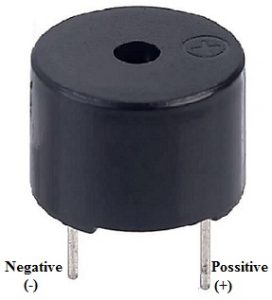
The pin configuration of the buzzer is shown below. It includes two pins namely positive and negative. The positive terminal of this is represented with the ‘+’ symbol or a longer terminal. This terminal is powered through 6Volts whereas the negative terminal is represented with the ‘-‘symbol or short terminal and it is connected to the GND terminal.
when rain detected by Rain sensor, buzzer starts making sound alert us.
Circuit Diagram
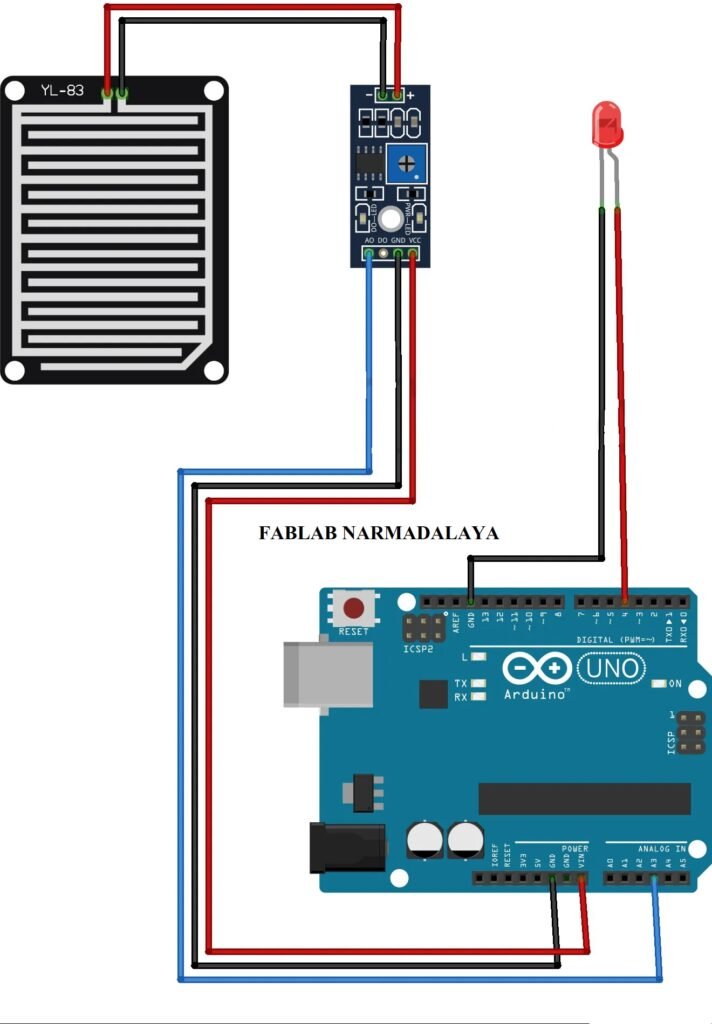
Code :
void setup() {
Serial.begin(9600);//enable serial monitor
pinMode(4, OUTPUT);//define LED pin
}
void loop() {
int value = analogRead(A3);//read value
Serial.print("Value : ");
Serial.println(value);
if (value < 300) {//check condition
digitalWrite(4, HIGH);
Serial.print("Heavy rain LED on ");
} else {
digitalWrite(4, LOW);
}
}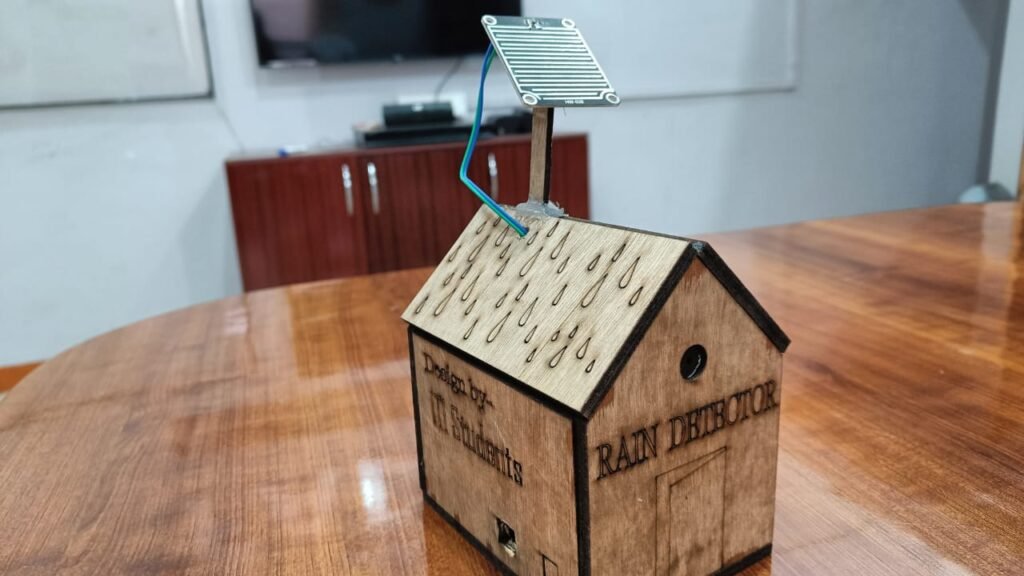
Second project was to generate electricity from Piezoelectric plate
Material Required :
- Piezoelectric plates *4
- Led Bulb
- 1N4001 or 1N4000 diode *4
- 47 uF Capacitor
- Switch
About The Component
Piezoelectric Plate
A piezoelectric plate is a device that uses the piezoelectric effect to measure pressure, acceleration, strain or force by converting them to an electrical charge.A piezoelectric crystal is placed between two metal plates. At this point the material is in perfect balance and does not conduct an electric current. Mechanical pressure is then applied to the material by the metal plates, which forces the electric charges within the crystal out of balance.

How Piezoelectricity Works
We have specific materials that are suited for piezoelectricity applications, but how exactly does the process work? With the Piezoelectric Effect. The most unique trait of this effect is that it works two ways. You can apply mechanical energy or electrical energy to the same piezoelectric material and get an opposite result.
Applying mechanical energy to a crystal is a direct piezoelectric effect and works like this:
- A piezoelectric crystal is placed between two metal plates. At this point the material is in perfect balance and does not conduct an electric current.
- Mechanical pressure is then applied to the material by the metal plates, which forces the electric charges within the crystal out of balance. Excess negative and positive charges appear on opposite sides of the crystal face.
- The metal plate collects these charges, which can be used to produce a voltage and send an electrical current through a circuit.

Now this piezoelectric plate generate AC voltage under pressure applied. To convert this AC voltage into DC we use rectifier made up of Diodes. Rectifier is a device that converts an oscillating two-directional alternating current (AC) into a single-directional direct current (DC).

Capacitors are used for storing energy, which can be used by the device for temporary power outages whenever they need additional power. Capacitors are used for blocking DC current after getting fully charged and yet allow the AC current to pass through the circuit of a circuit.
Project Circuit Diagram
